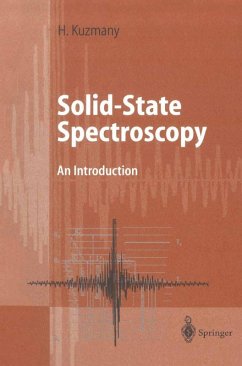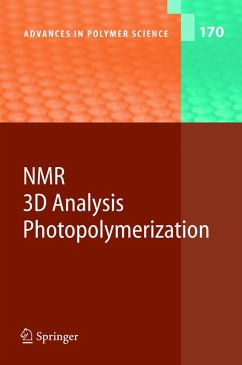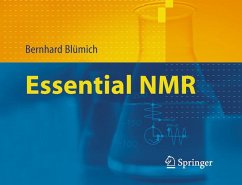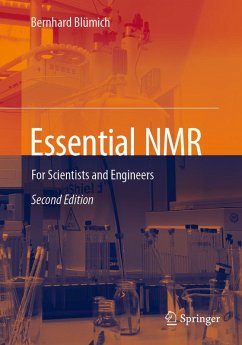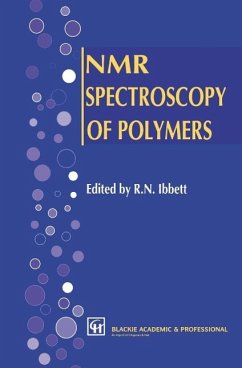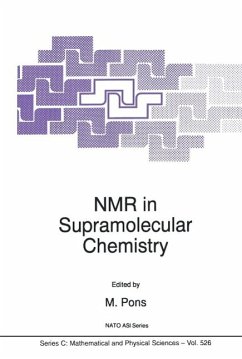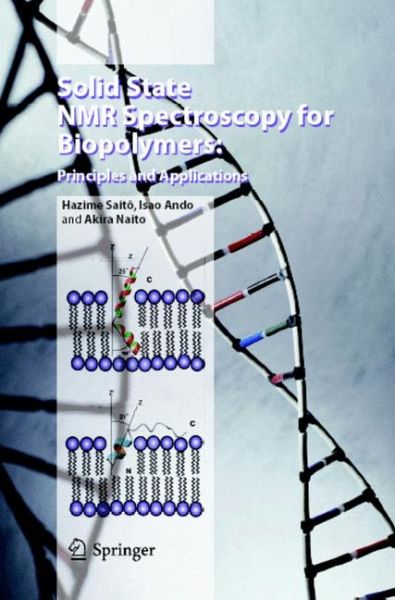
Solid State NMR Spectroscopy for Biopolymers (eBook, PDF)
Principles and Applications
Versandkostenfrei!
Sofort per Download lieferbar
112,95 €
inkl. MwSt.
Weitere Ausgaben:

PAYBACK Punkte
56 °P sammeln!
When considering the biological significance and industrial and medical applications of biopolymers, it is crucial to know details of their secondary structure, dynamics and assembly. Solid state NMR spectroscopy has proved to be the most suitable and unrivaled means for investigations of biopolymers. Special efforts have been made to include the historical and chronological consequences of a variety of applications and the dynamic aspects of the biopolymer system. In particular, the authors emphasise how important it is to record the simplest DD-MAS as a mean of locating very flexible portion...
When considering the biological significance and industrial and medical applications of biopolymers, it is crucial to know details of their secondary structure, dynamics and assembly. Solid state NMR spectroscopy has proved to be the most suitable and unrivaled means for investigations of biopolymers. Special efforts have been made to include the historical and chronological consequences of a variety of applications and the dynamic aspects of the biopolymer system. In particular, the authors emphasise how important it is to record the simplest DD-MAS as a mean of locating very flexible portions of membrane proteins and membrane associated peptides. The authors also demonstrate that dynamic features of membrane proteins with a timescale of fast and intermediate fluctuation motions can be revealed easily by specific suppression of peaks.
Dieser Download kann aus rechtlichen Gründen nur mit Rechnungsadresse in A, B, BG, CY, CZ, D, DK, EW, E, FIN, F, GR, HR, H, IRL, I, LT, L, LR, M, NL, PL, P, R, S, SLO, SK ausgeliefert werden.




